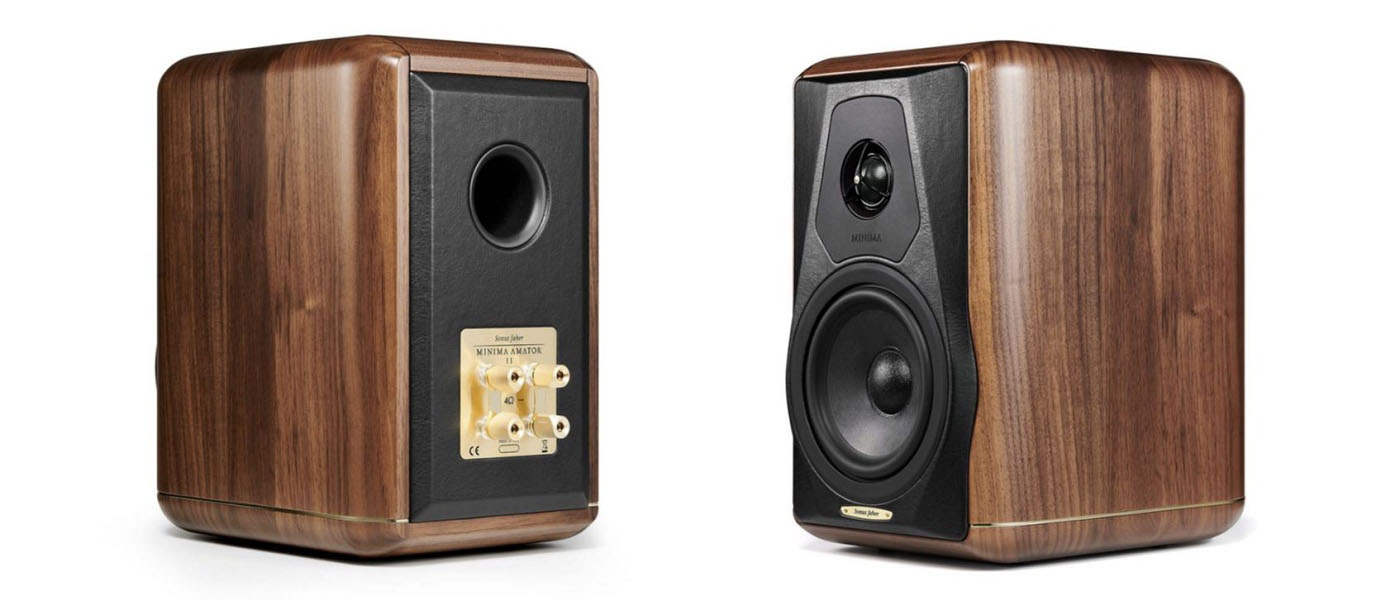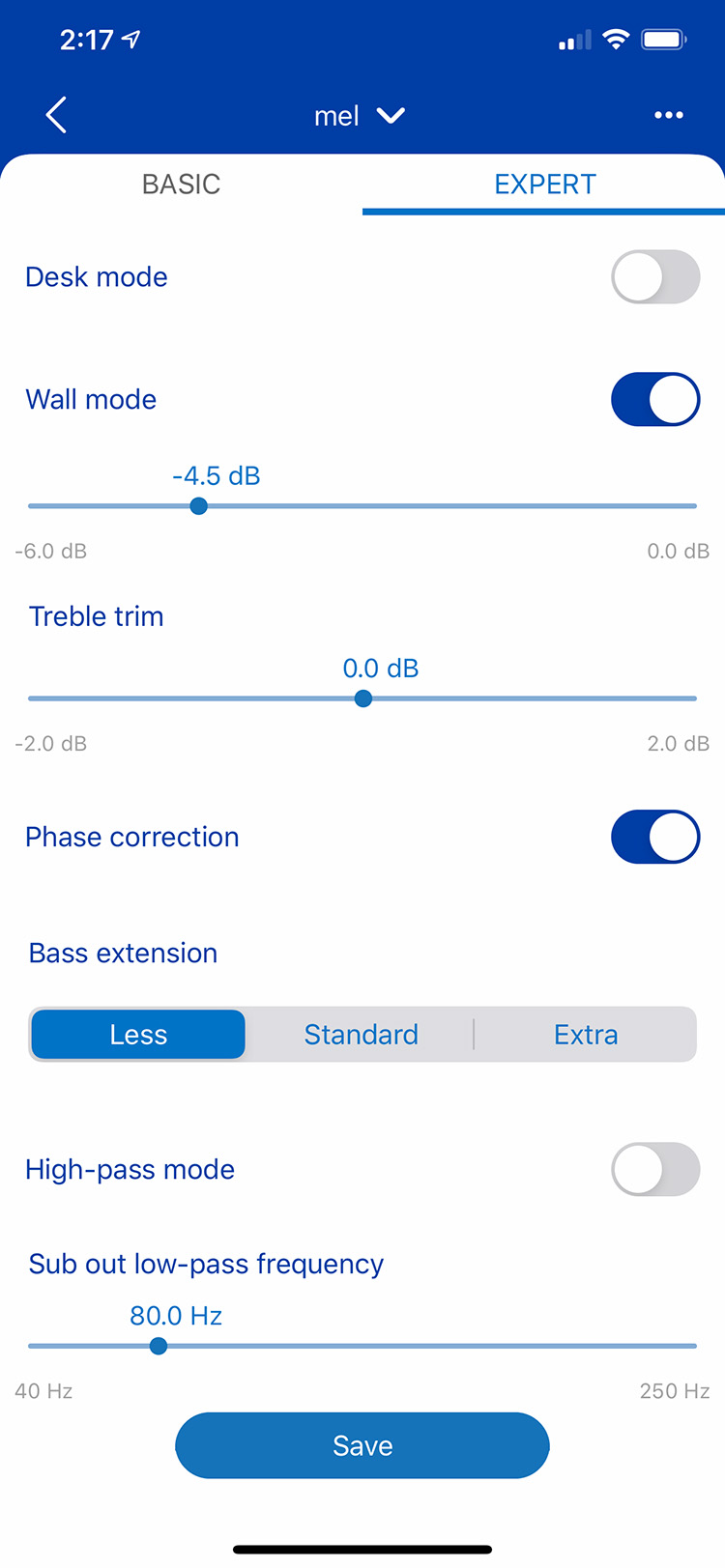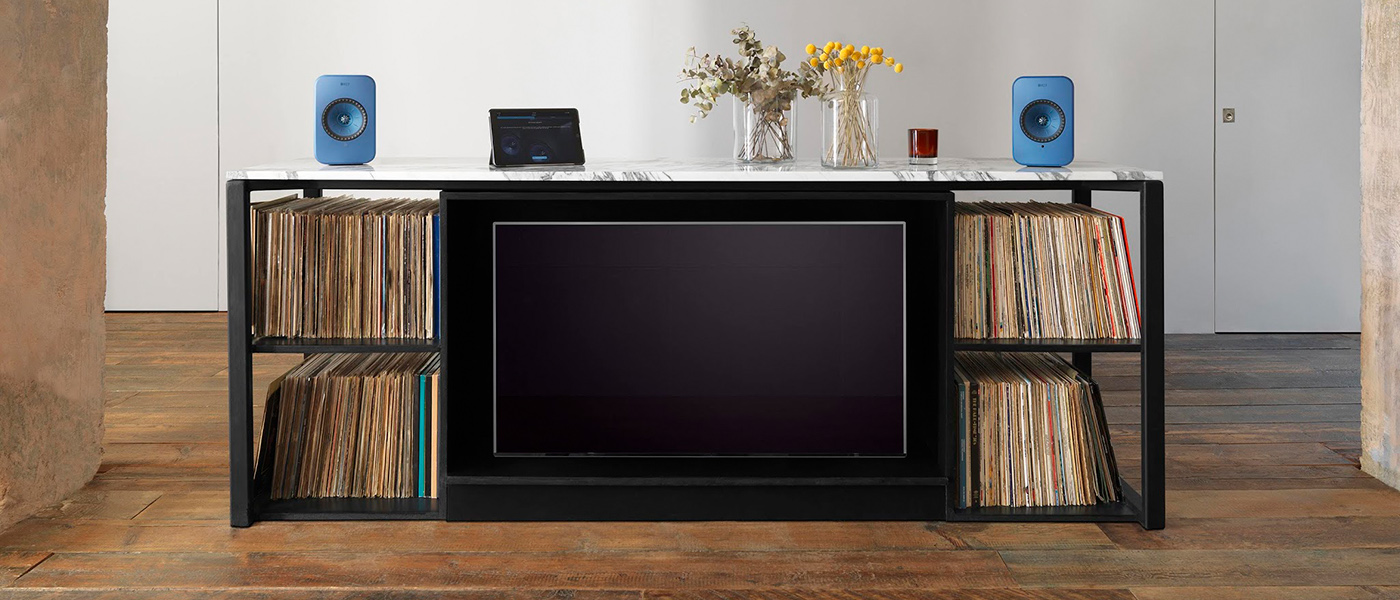
That’s what I wanted to find out, so I had a few weeks of in-depth testing of the KEF LSX Wireless speaker system. It doesn’t replace anything in the KEF line, but it carves out a new space as a lower cost, a high-quality stereo system for smaller rooms where people want excellent sound with minimal set up. Like most wireless speakers, it’s built around using streaming services for most music sources, but the KEF LSX can integrate with TVs and analog sources as well.
In my testing, the KEF LSX Wireless System outperformed similarly priced speakers that offered similar features. It doesn’t match the higher end KEF small systems, like the LS50 and the Wireless LS50W, but they come very close, which is no small achievement.
KEF LSX WIRELESS SPEAKER SYSTEM
- Very high-quality construction
- Available in several colors to match or accent your decor
- Small hand-held wireless remote
- Projects a solid stereo image
- Hookup was straightforward and without incident
- Requires iOS or Android app to set up, but needs 2 apps to be fully functional
- Deep Bass lovers may want to consider a subwoofer
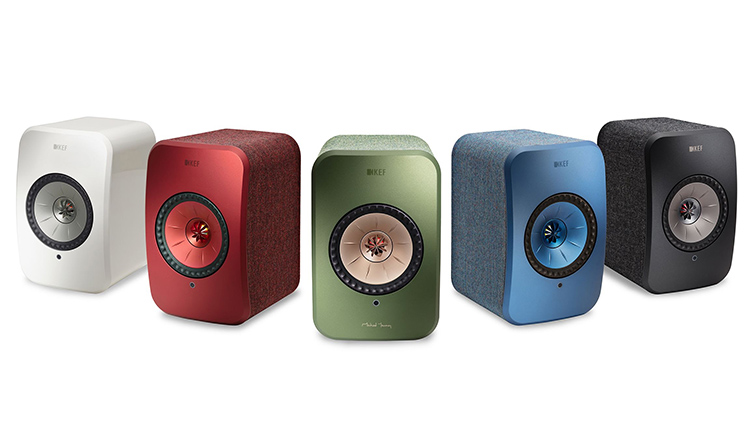
Speaker Design:
Two-way, coaxial, rear-ported, active, dynamic wireless loudspeaker
Speaker Drivers:
Coaxial Uni-Q array with a 0.75″ (19mm) aluminum-dome tweeter and 4.5″ (115mm) magnesium-aluminum-alloy midrange-woofer
Amplifier:
Each speaker is powered by its own Class-D amplifier (30W, tweeter; 70W, woofer) and 24-bit/192kHz DACs, with active crossover and DSP functions.
Direct streaming:
WiFi, Bluetooth 4.2 (aptX).
Applications:
KEF Control accesses the LSX’s Music Integrity Engine digital signal processing; KEF Stream accesses Tidal, Apple AirPlay 2, and Spotify Connect.
Inputs:
(Master): TosLink (optical), Ethernet (network), USB Type A, 3.5mm jack (analog).
Remote control included
Outputs:
subwoofer (RCA), RJ45 (to Slave).
Dimensions:
9.5″ (250mm) H by 6″ (150mm) W by 7″ (180mm) D.
Weight:
7.9 lb (3.6kg) Master, 7.7 lb (3.5kg), Slave.
Finishes:
Red, Blue, Green, or Black (fabric); White (no fabric).
Price:
$1249.99/pair.
Warranty:
5 years
Manufacturer:
KEF, GP Acoustics (UK) Ltd., Ecceleston Road, Tovil, Maidstone, Kent ME15 6QP, England, UK.
Warranty:
5 years
Company:
SECRETS Tags:
KEF, wireless speakers, streaming, KEF Reviews 2019
The KEF LSX Wireless Speaker System is an evolutionary product, and we’re going to see more and more wireless speakers like the LSX on the market as time goes on. In fact, it seems of late I’m reviewing a lot of wireless speaker systems, in many sizes and many configurations. For so many companies to explore this type of system there is obviously consumer demand. Now KEF, one of the oldest and most respected speaker designers has added a smaller wireless system, that joins the wildly popular and oft-praised LS50 Wireless Speaker System, itself a derivative of the groundbreaking but more traditional wired LS50 speakers.
Secrets Sponsor
The LS50 was a 50th Anniversary product for KEF, and it seems all that they have learned in designing that iconic system has trickled down to their wireless line, preserving the excellent sound, but adding amplifiers and streaming capabilities to their solution. It’s clearly where the market is going, or at least, a large part of the market, so KEF is there with innovative solutions.
The KEF LSX system includes a 4″ Uni-Q driver to deliver sound over 160 degrees of coverage using an interestingly designed cabinet with hidden heatsinks. There are many connection options, including dual-band Wi-Fi connectivity, Bluetooth 4.2, an optical-digital TosLink input, and a 3.5 mm aux optical connection. You can also connect the speakers wirelessly or via RJ45 Ethernet.

Each LSX speaker contains two class-D amps: 70W for the midrange and bass, and a 30W amplifier for the tweeter. The KEF LSX is compatible with TIDAL and other popular music streaming services. You can also stream from a computer or mobile device via Wi-Fi, Bluetooth or Apple Airplay.
The LSX can output to a connected subwoofer. The speakers can be controlled with the downloadable KEF Control app that works on iOS or Android. The app is also required for setup. You can choose from White, Black, Blue, Olive, Maroon, or Red fabric finishes.
The speakers are attractively packaged in a single box with a handle for easy carrying. The speakers are well-protected. Along with the speakers are two smaller boxes, one marked ‘cables’ and another marked ‘accessories’. There is also a small remote control for changing inputs and controlling volume. Besides power cables, there is an Ethernet cable used for connecting the speakers for the highest resolution playback, and also for updating the firmware. I’ll have more about that later.
Once out of the box, set the speakers up where you want, and plug the power connectors in. The rest of the set up takes place with the KEF Control app.
It will ask you about the room the speakers are in and it will help you get the speakers set up on your Wi-Fi network. You are ready to go once you decide where your source material is. Should you decide to move the speakers, or want to change the preferences of the acoustic space the KEFs are in or add a subwoofer, the app handles it all. It can even reverse the speaker’s right to left.
The system can play hi-res files to a maximum of 24-bit/192kHz but will downsample to either 24-bit/48kHz if the speakers are connected to each other wirelessly or 24-bit/96kHz if you use the supplied, aforementioned Ethernet cable between them.
There is a second KEF app you can download called KEF Stream. It can connect to Tidal or Spotify or any local media servers you have. It can also function as a remote control. (Note to KEF: One app is better than two. While there is some overlap between the functionality of the two apps, keep it simple and merge this into one app.) The LSX system does come with a small remote control. It controls power, input switching, track skipping, volume and mute. I used my iPad to control the LSX speakers using Roon, which is a better experience.
I had one small problem during my testing. The KEF Control app informed me the speakers needed a firmware update. Then it reported it could not find the speakers to be updated on my network, even though I was listening to them just a few minutes before I started the update.
When the app determined there was a problem, it suggested I wire the speakers to my router using the provided cable. I did that, and the firmware installed correctly. However, the speakers could not pair after that, so I unplugged both of them for an hour or so. After turning everything on again all was normal. There’s no way to tell if this was an isolated incident, but it’s only fair to mention it in the review and to report that things came back to life with no intervention needed from KEF support.
These little speakers pack a bunch, especially given their small size. I’m a big fan of the KEF LS50 speakers, which I have in my master bedroom, and was anxious to compare the two. While not a speaker I would recommend for fans of the deepest bass, like organ pedal notes or some electronic rock, the bass was quite good on its own. KEF specifies the LSX’s frequency range as 49Hz – 47kHz (–6dB) depending on how you adjust the speaker for your room using the KEF Control app. In my own use, I could hear useful output from a frequency sweep to about 40Hz. If you want a subwoofer, KEF provides a subwoofer output as part of the system.
Overall, in a small to medium-sized room, the KEF LSX speakers presented a splendid stereo image. With my eyes closed and listening to orchestral music, rock or jazz, the speakers sounded far larger than their physical size would have indicated. This is due largely to KEFs Uni-Q array, which has been used in other KEF speakers and gives a very coherent image that seems immune to some of the phase anomalies that plague other speaker designs.
Compared to the larger and not self-powered LS50 KEFs, the LSX Wireless speakers held their own. I could sense a slight shrinking of the stereo image, and the bass was not quite as tight, but at the high end, both KEF systems offered smooth treble. It was especially noticeable on percussion instruments, like a tambourine, and also string instruments in orchestral works. There seemed to be slightly less dynamic range between the LSX system and the LS50s, but it was not stand out obvious. For my tests, I listened to my own library via Roon. I also streamed via Bluetooth, Wi-Fi and Apple Airplay. All worked without fault. I got the best sound streaming high-resolution files through Roon.
Here are some of the many tracks I listened to along with my comments:
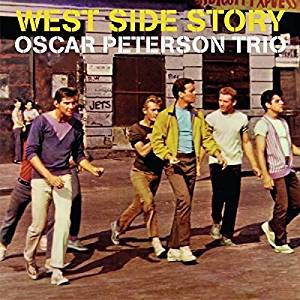
This old (1962) but very well recorded classic sounded just great on the LSX system. Stereo separation was excellent, and the stereo image spread naturally between the two speakers. Percussion sounds were tight, and Ray Brown’s double bass thumped realistically with no subwoofer needed. I listened to an SACD version of this and was really impressed at how well these small speakers did.
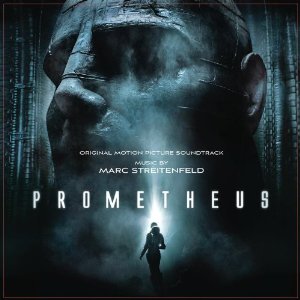
This CD opens with very deep bass with some shimmering strings. The LSX speakers rendered this very nicely, with no signs of strain from the low end and no distortion when the strings and deep bass were playing simultaneously.
Secrets Sponsor

A boy’s choir is an excellent test of stereo imaging. The voices were spread in almost 3D between the speakers, which gave a sense of depth along with left/right placement.

Another tough test for a speaker is to realistically portray a solo female voice. The LSX aced this test, and it sounded like Warnes was in the room with me.

At $1249.99 the KEF LSX Speaker system is almost exactly half the price of its bigger brother, the LS50 Wireless Speaker System.
- Beautiful styling. The fabric covering and choice of colors make this a standout.
- Very solid construction
- Among the best in class imaging and stereo spread
- The flexibility of sources, including direct connect, AirPlay, Bluetooth or Wi-Fi
- Ease of setup
- Works with Roon smoothly
- Package with included subwoofer
- Multiple apps are confusing. KEF should get it down to one app.
- The remote could use a redesign. The buttons are flush and require glancing at it. (KEF responds that most people use the app, but they will work on improving the remote)
Most important, it does not sound like half the system. $1249.99 is not an impulse buy for most of us, but when you consider that it has matched built-in apps, wide frequency response and world-class imaging, it is a much better deal than at first glance. All you really need is a streaming source like Spotify and you have an excellent all in one system.


